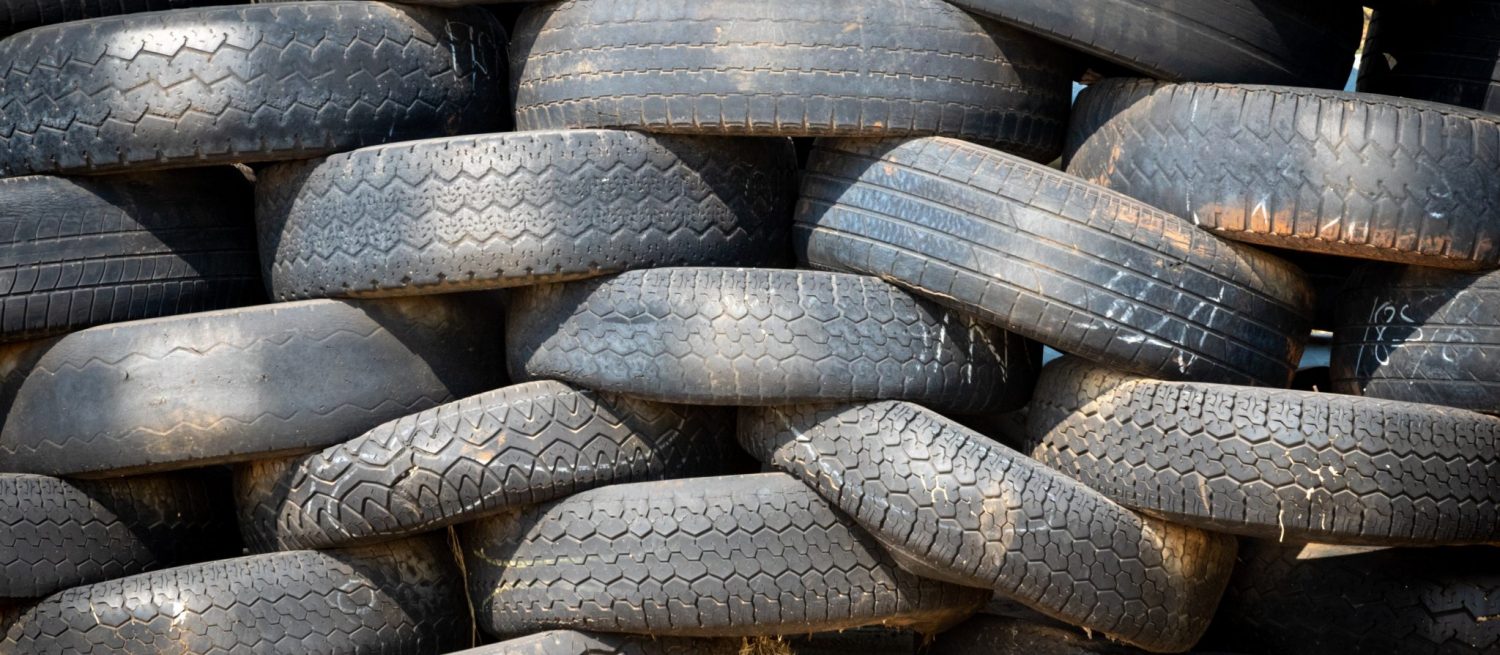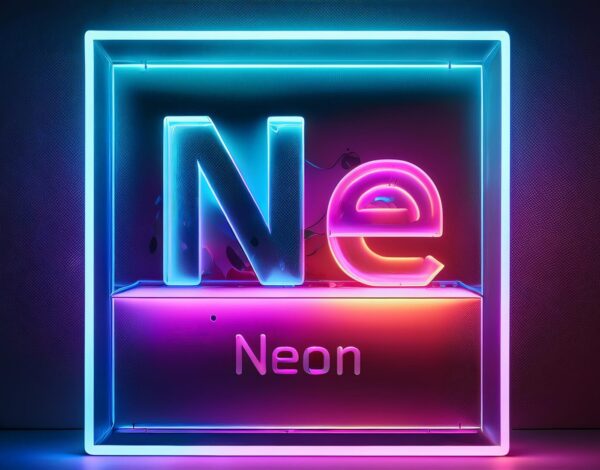

Recycling Rubber Cryogenically With Liquid Nitrogen
The EPA and Rubber Manufacturers Association estimate that in the United States, somewhere around 290 million tires are disposed each year. Unrecycled rubber has some shocking impacts on the environment, but the majority of tires (80 percent) are repurposed into alternative materials that offer sustainable functions within industrial applications and within the home.
Reasons to Recycle Rubber
The reasons to recycle any disposable material are immense, especially when it comes to waste like rubber that takes 50 to 80 years to decompose. The EPA deemed tires as a municipal solid waste, as it contains oil and lead. Landfill waste and illegally dumped tires release toxic chemicals throughout the decomposition process, polluting air, water, and soil, and when heated, tires become a fuel source this is not easily extinguishable.
Despite all of the negatives of tire waste, it has great potential as a recyclable material that otherwise works for the benefit of the environment rather than against it. Through a cryogenic pulverizing process, the carbon footprint of tire waste decreases, with as little as four recycled tires eliminating up to 323 pounds of carbon dioxide from entering the air. The application for recycling tires is a creative experiment in environmental stewardship, and it can also be fascinating to watch.
The Pulverizing Process
Bathing rubber tires in a bath of liquid nitrogen is one of the most efficient ways to reduce tire waste. At negative 320 degrees Fahrenheit, liquid nitrogen has the capacity to freeze and pulverize rubber, shrinking and snapping bonds between materials, and shattering it into millions of tiny debris that can be molded into brand new products.
The process requires several steps: first stripping tires into smaller, more workable pieces through a grate. This shredding process allows the steel wires that support puncture resistance and smooth tread on the road to be exposed, ready to be separated with the help of magnets. By removing steel wires, contaminates in the final recycled product are avoided, and the steel can be recycled and re-melted.
The metal-less rubber is then sent through another conveyer belt into a chamber to be pulverized by cryogenic freezing; the liquid nitrogen making it brittle enough to be shattered by a series of hammers. These tiny debris are then separated by size, ground into find powder, cleaned of any remaining steel and fibers, and are packaged for various uses in over 110 products.
Reducing and Reusing
Recycled rubber tires are used in industries ranging from civil engineering, to ground transportation, to home improvement. Its durability offers long-lasting rubber floors, rubberized asphalt, and playground mats and equipment. Rubber-polyethylene decking and fencing is another popular use for recycled rubber and is popular because it does not require as much maintenance with staining or the replacement of broken boards.
In the realm of civil engineering, recycled rubber fibers can be added to cement mixtures to construct blocks used for flood and erosion control. Such materials are attractive because they are estimated to last up to 200 years and maintain a high fire resistance. Likewise, adding rubber to asphalt can be a cheap supplement, preventing road damage and promoting longevity.
This collection is but a brief overview of the diverse uses for vehicle tires sustainably repurposed. More products include:
– Railroad tires and railway lines
– Garden mulch
– Shoe products
– Tire logs to stabilize buildings in regions with earthquakes
– Strips to be woven into furniture (such as ottomans and outdoor patio furniture)

Recycling Application Gases Through Rocky Mountain Air
At Rocky Mountain Air, we are excited to learn about and share the innovative ways that atmospheric gases can serve environmental initiatives. We offer nitrogen in liquid, gas, and bulk form in a variety of sizes depending on your needs. Applications like rubber tire recycling for mass operations will likely require liquid bulk tanks to account for the large amounts of cryogenic gas required to get the job done.
Contact your local RMA branch in any one of our five states (Colorado, Idaho, Nebraska, Utah, Wyoming) today to inquire about liquid nitrogen applications. We look forward to serving you!



